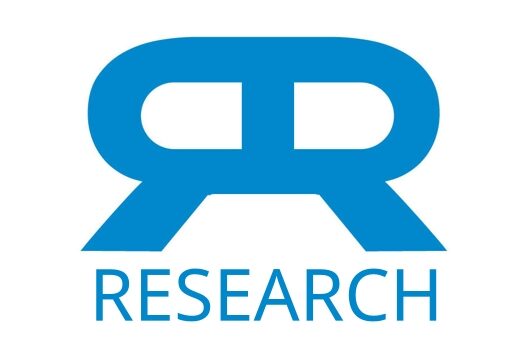To assess the efficacy of electromyographic biofeedback, relaxation-response training and pain behavior management as a treatment for pediatric migraine, we studied 18 children between the ages of eight and 12 years (mean = 10 X 1) in a prospective, randomized, controlled investigation. Six patients received all three treatment procedures, six received relaxation-response training and pain behavior management, and the remaining six constituted a waiting-list control group. All patients kept a record of their headaches for the 15-week study period and then for four weeks one year later. Following four weeks of baseline, the treatment groups completed nine one-hour treatment sessions in 11 weeks. Both treatment groups experienced a significant reduction in headache symptoms and were significantly improved compared to the waiting-list control group by the end of treatment. The treatment groups did not differ from each other in any of these comparisons. The reduction in headache symptoms in the treatment groups was maintained one year after treatment ended. These results suggest that relaxation-response training, with or without biofeedback training, combined with pain behavior management, is an effective alternative treatment for pediatric migraine.
Biofeedback and relaxation-response training in the treatment of pediatric migraine
Publication
Developmental Medicine and Child Neurology
28(2):139-46
Abstract
Web and Email Links
Related Listings
Journal
Nature
Social-evaluative stressors—experiences in which people feel they could be judged negatively—pose a major threat to adolescent mental health1,2,3 and can cause young people to disengage from stressful pursuits, resulting in missed opportunities to acquire valuable skills. Here we show that replicable benefits for the stress responses of adolescents can be achieved with a short (around 30-min), scalable 'synergistic mindsets' intervention. This intervention, which is a self-administere […]
Journal
Nature
Since meditative practices are associated with changes that are consistent with decreased activity of the sympathetic nervous system, it is conceivable that measurable body temperature changes accompany advanced meditative states. With the help of H.H. the Dalai Lama, we have investigated such a possibility on three practitioners of the advanced Tibetan Buddhist meditational practice known as g Tum-mo (heat) yoga living in Upper Dharamsala, India. We report here that in a study perfor […]
Journal
Journal of Clinical Medicine
Stress is a term used to define the body’s physiological and psychological reactions to circumstances that require behavioral adjustment [1,2,3], and the relaxation response is a psychophysiological state that is opposite to that of the stress or fight–flight response [4]. A variety of mind/body techniques can be used to elicit a relaxation response and achieve the therapeutic effects associated with reduced blood pressure. For example, researchers at the Cochrane Review [5] investiga […]
